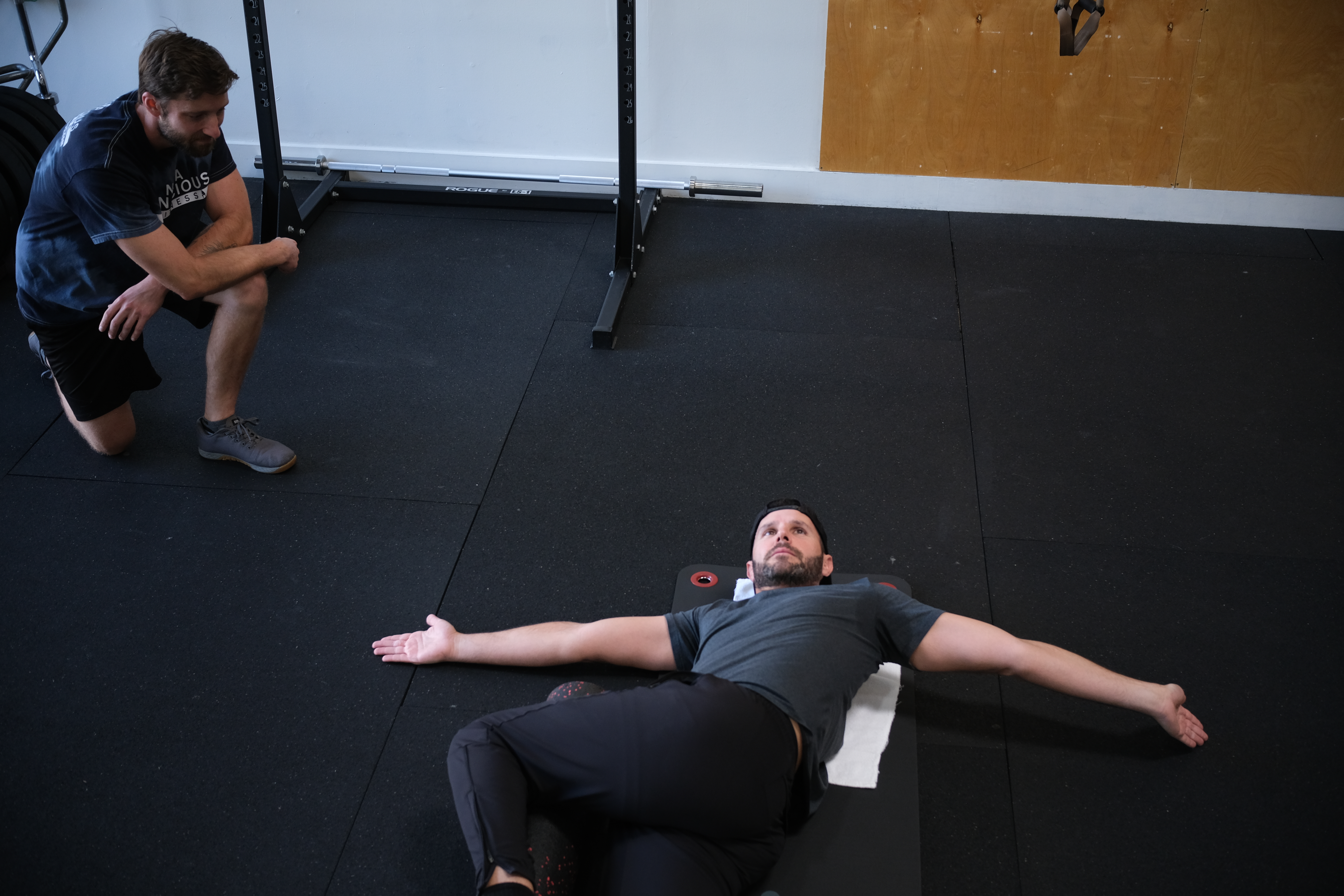General age-related breakdown occurs in many aspects of our lives, including the wear and tear of the engines in our automobiles, the scuffs in our hardwood floors, or the chipping of paint on the side of our houses facing the hot afternoon sun. These repercussions of being present in the world for years can’t necessarily be reversed or avoided. Simply existing in the world introduces an advancement of age for any object from its genesis to the current point of its life. Similarly, as time goes on, a human who has circled this earth for a substantial amount of years can expect to experience general age-related symptoms of organs in their bodies getting chipped, scuffed, stretched out, or, in undesirable events, torn or broken. In the human advancement of age, we see wrinkles on our skin, maybe a slight decrease in our ability to lose subcutaneous fat mass or develop lean muscles, or the introduction of osteoarthritis in our joints.
Osteoarthritis can be defined as clinically diagnosed symptoms of pain occuring throughout the bones and joints. A few common examples of arthritic pain and joint inflammation appear in the neck joint, rotator cuff, wrist and fingers, lumbar spine, hip joints, or knee joints. Advanced cases of arthritis could lead to the need for surgical intervention, including partial or total joint replacements to the hips, knees, or shoulders. Once the pain from inflammation of the joints caused by degradation of the cartilage in joints leading to bone-on-bone contact becomes so intense, productivity and function in everyday life can become significantly hindered. Consistently dealing with pain from the waking hours of the morning until the day ends can bring frustration, depression, or loss of sleep to an individual’s life. While surgical intervention is a worthwhile option to remedy the detrimental effects of osteoarthritis, avoiding the need to take painkillers, looking into shaving off bone spurs or acquiring a joint replacement can be managed to delay the need for corrective surgery. Maintaining a physically active and fit body grants the power to potentially avoid degenerated joint corrective surgery altogether.
The onset of osteoarthritis not only stems from the result of general age related degeneration of connective tissue, but is also produced as a result of previous injuries or lack of physical activity. For example, a previous injury to a knee joint in which the joint was immobilized for a prolonged period might have produced athrophy in the joint in which the stimulus to grow was absent, causing connective tissue surrounding the joint to breakdown. Furthermore, inactive individuals are prone to the development of bone-on-bone contact throughout the body’s joints. Lack of physical activity triggers a response to halt the body’s reaction to produce anabolic hormones. Anabolic growth hormones aid in developing lean muscle mass and bone mineral density. However, this stimulus to trigger bone and muscle strengthening effects only occurs after the body is put through consistent physical activity, resistance training, or corrective exercise.
To delay the advancement of osteoarthritis and general age-related degenerative connective tissue occurrences, we coach our personal training clients to accomplish at least one day of resistance training each week. This isn’t just meandering through the gym and dilly-dallying on random equipment here or there. Consistently practicing joint strengthening and injury prevention tactics must be identified, tested, approved, and finally prioritized in a meticulously designed strength and conditioning program specific to an individual’s current physical capabilities and fitness levels.
Tactics that create significant adaptations to fitness levels include simple yet effective movements that can be repeated week after week. Body weight-themed exercises such as planks, inclined push-ups, or assisted squats require a low learning curve and are often mastered quickly. After a few weeks of performing three sets of five to ten repetitions of simple body weight techniques, developing competency within these techniques is likely to occur. Venturing into more sophisticated forms of exercise and physical activity has the potential to improve overall body strength and decrease the likelihood of bone and joint-related injuries or advancement to arthritic symptoms. However, it’s critically important to discover and consistently practice foundational resistance training tactics that can be repeated from day one of starting an exercise regimen to the day we stop moving altogether.
Research and historical evidence have repeatedly proven that a body in motion stays in motion. Even though distractions of joint pain and hindrances to movement occur as we age, the desire to continue adapting toward advancing our fitness levels must remain present to avoid accelerating the deterioration of bones and joints so we can live happy, healthy, and strong lives.
Sean McCawley, the founder and owner of Napa Tenacious Fitness in Napa, CA, welcomes questions and comments. Reach him at 707-287-2727, napatenacious@gmail.com, or visit the website napatenaciousfitness.com.

